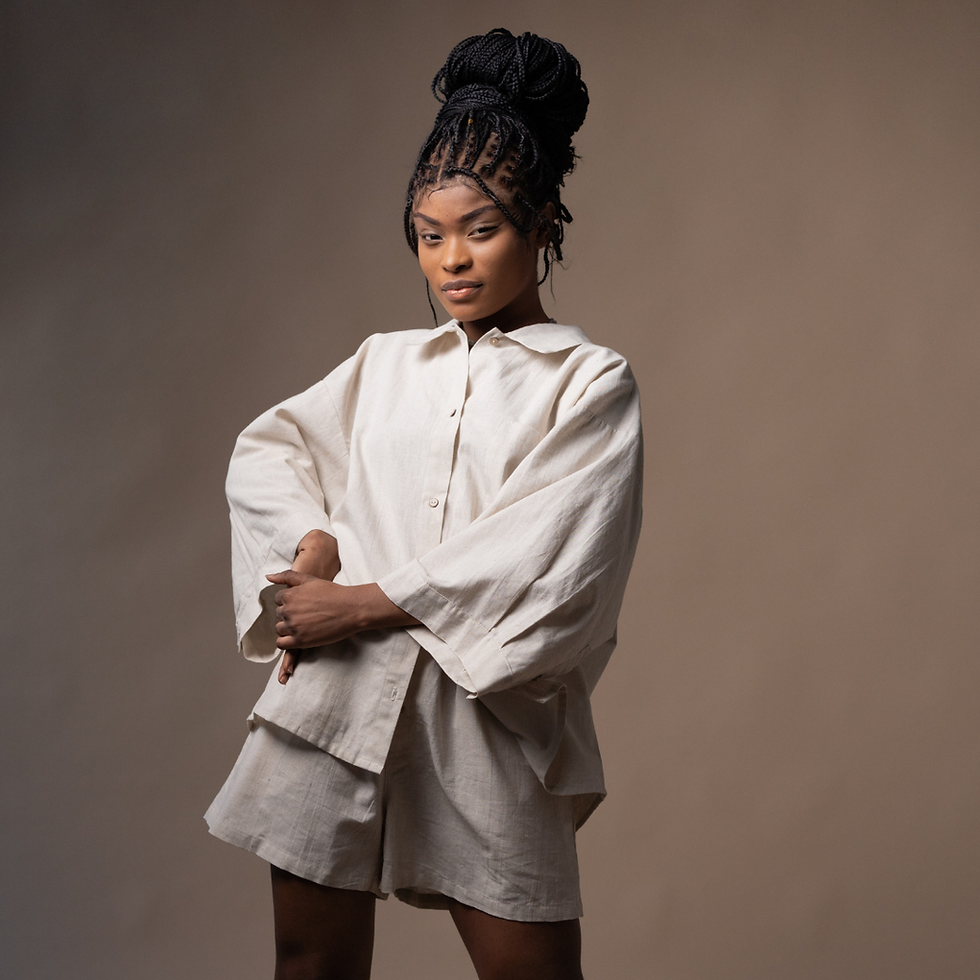How this Movement has Aided and Changed the Fashion Industry
- Carmen y
- Mar 3, 2022
- 3 min read
CW: Please be aware that this article contains references of sexual assault which could be distressing to some readers.

The Movement
Before we go into what defines the movement, do you agree that both men and women should have the same treatment with equal opportunity? That is feminism. Feminism is an advocacy of women’s rights on the basis of the equality of the sexes.
Many people often mistake the word 'equal' for 'same'. Genders vary in physicality or how they look. Let’s take an example : If there are two teens standing next to each other, and one boy is physically smaller than the other. It does not make them any less of a man, and they should be treated fairly. To simplify the definition, it is the equality of the genders.
Women’s fashion continues to change as the years pass. Now on to the question, is there a right way on how a woman should dress?
History
The feminism movement has been for over 170 years and counting. The first wave of feminism happened in year 1848, where many women gathered in New York as the first Women’s Rights Convention took place in the United States of America. Fashion during the mid-19th century came in the form of heavy dresses, which required help from more than one person to put on and take off.
In the 1900s, women were allowed to participate in sporting events such as cycling and horseback riding, and to work as secretaries when matching outfits became more common, which were later seen in women’s equality marches.
It is said that Suffragists were often portrayed as unattractive and masculine, which then caused a backlash. Women decided to wear the colour white, which symbolised purity and femininity on the disinformation shown in cartoons.
Women needed to express their thoughts and feelings, as they felt unable to have their own voice. Thus, the colour red seen on lips and high heels were then introduced as a figure of persecution, as they held signs demanding the government to amend the laws,
The second wave came from 1963 to the 1980s, and was where many women began to feel infuriated as they were constantly idealised as a housewife and not much more. A famous American writer, Betty Friedan published a book called The Feminine Mystique in 1963 to help women who saw themselves more than just a homemaker for their significant other and families.
Many people agree that in we’re in another wave of feminism now but to some, it is the fourth wave. Anita Hill, an American lawyer, author, and educator filed a case against Supreme Court Justice Clarence Thomas for sexually harassing her at work in 1991, and women began taking to take action to run for political seats. Thus, the “Year of the Woman” was born.
Fashion issue
Fortunately to this day, the feminist movement have been seen and heard not only in America, but it is a worldwide movement, with outfits and slogans designed to counter the feminist issue. Despite all this progress, feminism still struggles. Garment workers are working in unsafe conditions, objectified, and underpaid.
Intersectional feminism should be something highlighted, as there are definitely more things we can do to help as it is not in line with just feminist values but common decency values.
How it changed
Feminism has changed the fashion world drastically with women, basically owning, and creating new outfits. Ancient Greek female soldiers started the fit for trousers while they rode on horses, and female American Civil War wore skirts while fighting.
With the evolution of business wear, women with suits were introduced as fashion icon Coco Chanel designed pantsuits, and French company Rochas produced wide-shouldered suits in 1934. Nowadays, there's period-friendly underpants and, plus size fashion with models from different representations.
We need you
Fashion will never stop evolving, and along with feminism and being able to witness the change for the better for every generation amazes me. We have a lot to thank the feminist movement for - and allowing women to create their own unique style of fashion with no boundaries is one of them.
Remember, our clothes do not define our gender and it does not mean a “YES”.
"I gave women a sense of freedom. I gave them back their bodies: Bodies that were drenched in sweat, due to fashion's finery, lace, corsets, underclothes, padding."
Coco Chanel, French fashion designer
Comments